This is a thorough overview of 8 classic cars that are probably not as popular but have a big impact on the automotive industry. Each vehicle, which reflects various geographical areas, technological advancements, and design ideologies, captures a distinct period in automotive history.
Tatra T87 (1936–1950)
The Tatra T87, created by the Czech carmaker Tatra, was a revolutionary vehicle for its time, distinguished by its air-cooled V8 engine positioned in the rear and its streamlined body. The T87, albeit not widely recognized outside of the automobile community, pioneered aerodynamics. It reached remarkable speeds for its period because of its streamlined, teardrop design, which also reduced drag and increased fuel efficiency. Excellent handling was provided by the car’s independent suspension and rear-engine configuration. The T87 had a significant impact on post-war auto designs outside of Europe, particularly in Germany.
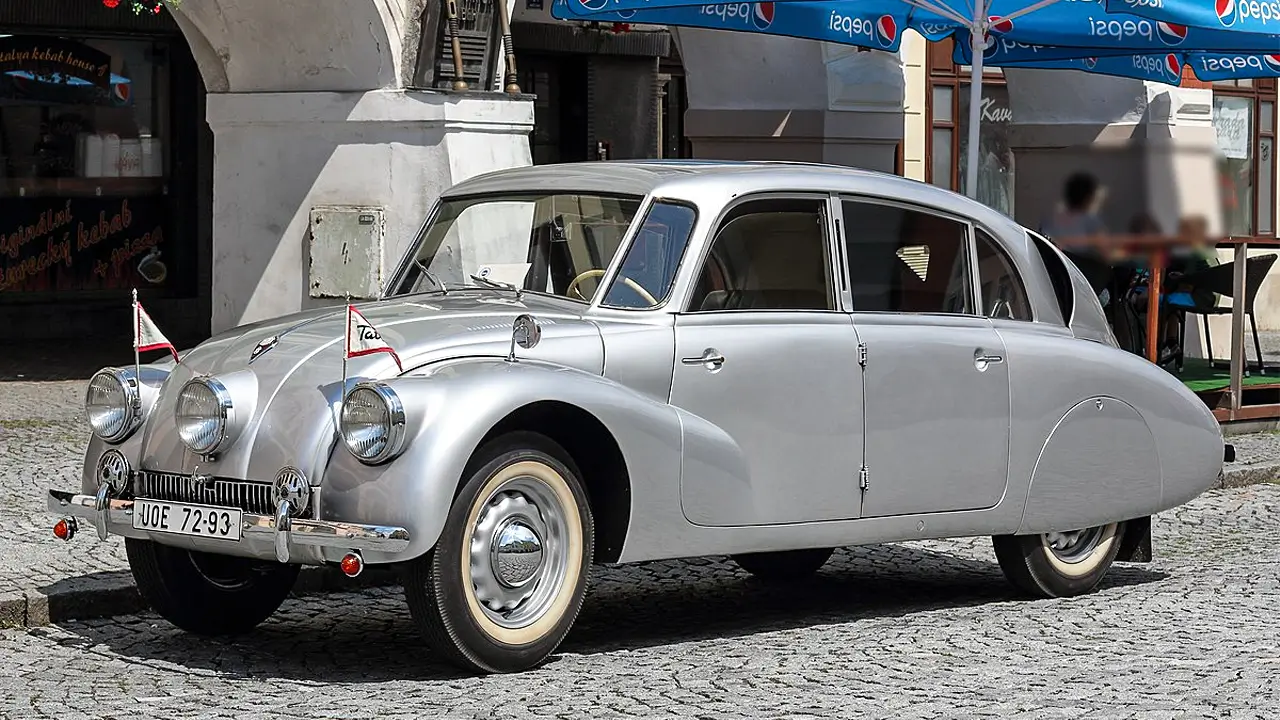
Iso Grifo (1965–1974)
An uncommon vehicle for its era, the Iso Grifo is a big tourer that combines Italian styling with American muscle. Produced by the Italian firm Iso Automotoveicoli, the Grifo brought together the powerful American V8 engines—originally from Chevrolet—with the streamlined design of Giorgetto Giugiaro. Because of this combination, the Iso Grifo stands apart in the market for high-end sports cars and provides strong power and a pleasant driving experience.
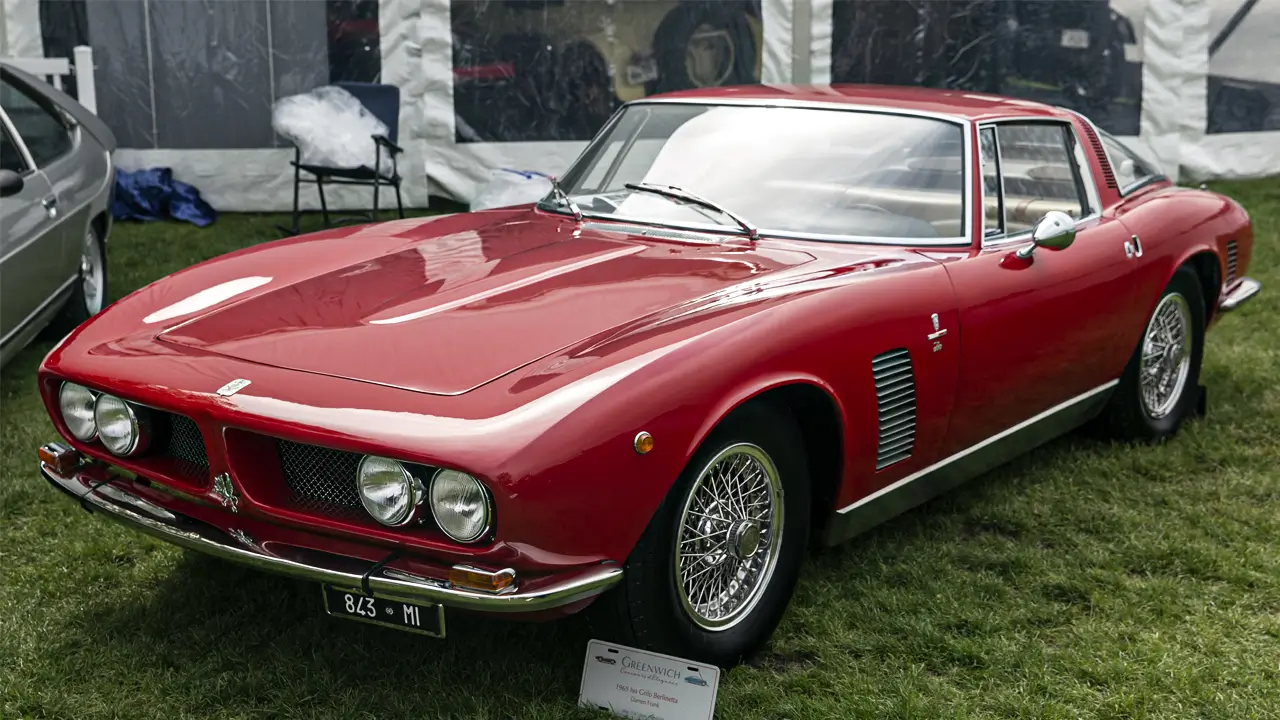
Bristol 411 (1969–1976)
The Bristol Cars company manufactures the luxurious grand tourer known as the Bristol 411. The 411, one of the most potent British automobiles of its era, had a Chrysler V8 engine and was known for its subtle elegance and exclusivity. The engineering and craftsmanship of the Bristol 411 are distinguished by their meticulous attention to detail. Since each Bristol was handmade, no two are exactly the same. In comparison to its more well-known peers, like as the Aston Martin, the 411 did not receive as much attention despite its very good performance.
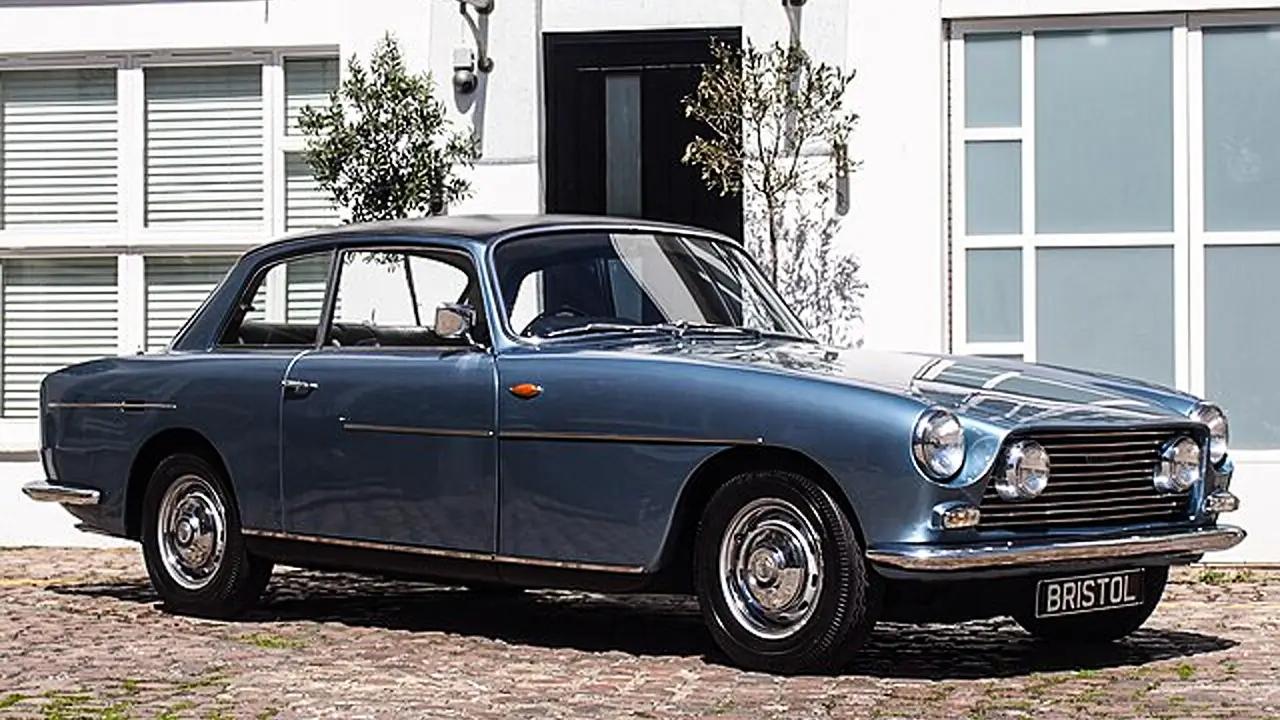
Facel Vega HK500 (1959–1961)
A rare French luxury vehicle that combines American power and elegant style is the Facel Vega HK500. The elegant body was powered by Chrysler V8 engines, combining American brutality with French beauty. Thanks to its strong V8 and lightweight design, the HK500 was one of the quickest cars of its era, attaining top speeds of 150 mph. Even in its prime, Facel Vega was a rather modest manufacturer, and the HK500 was only made in very limited numbers.
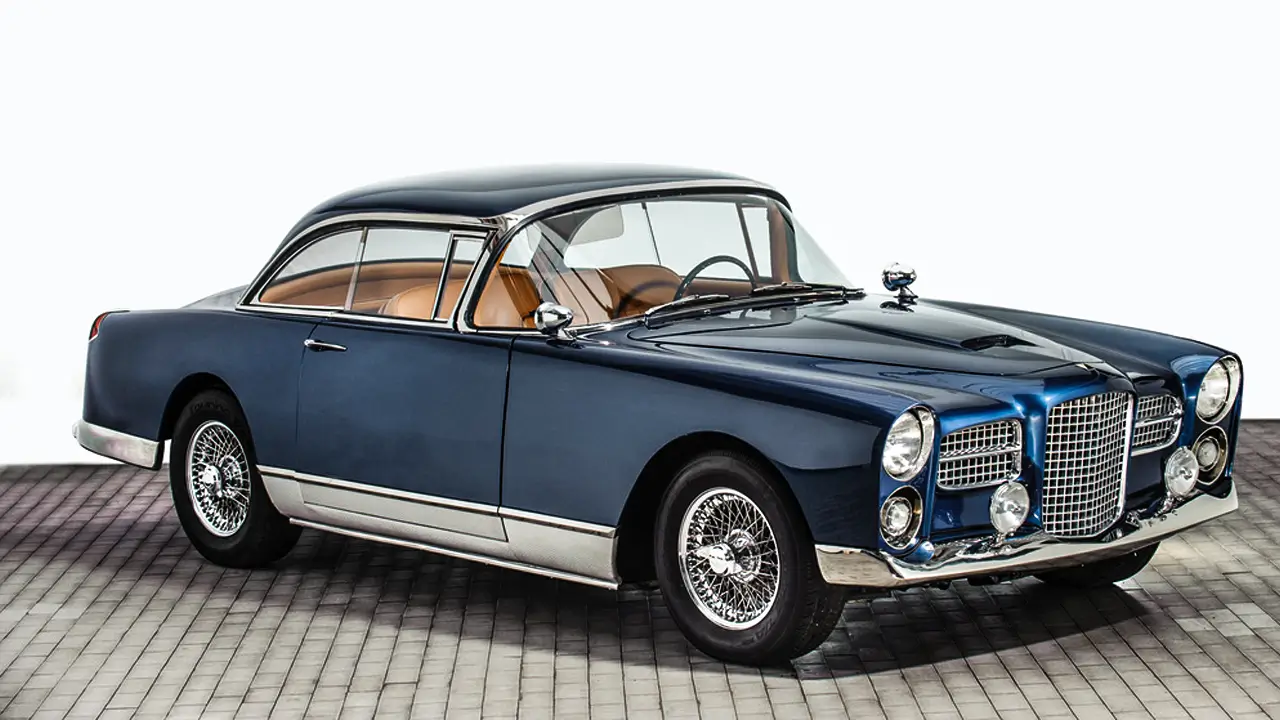
Jensen Interceptor (1966–1976)
A British sports automobile that blends American power and opulent comfort is the Jensen Interceptor. It was manufactured by Jensen Motors and had a body created by Italian coachbuilder Carrozzeria Touring, which gave it a modern and fashionable appearance. The Interceptor’s undercarriage contained a variety of Chrysler V8 engines, which provided remarkable performance during their period.
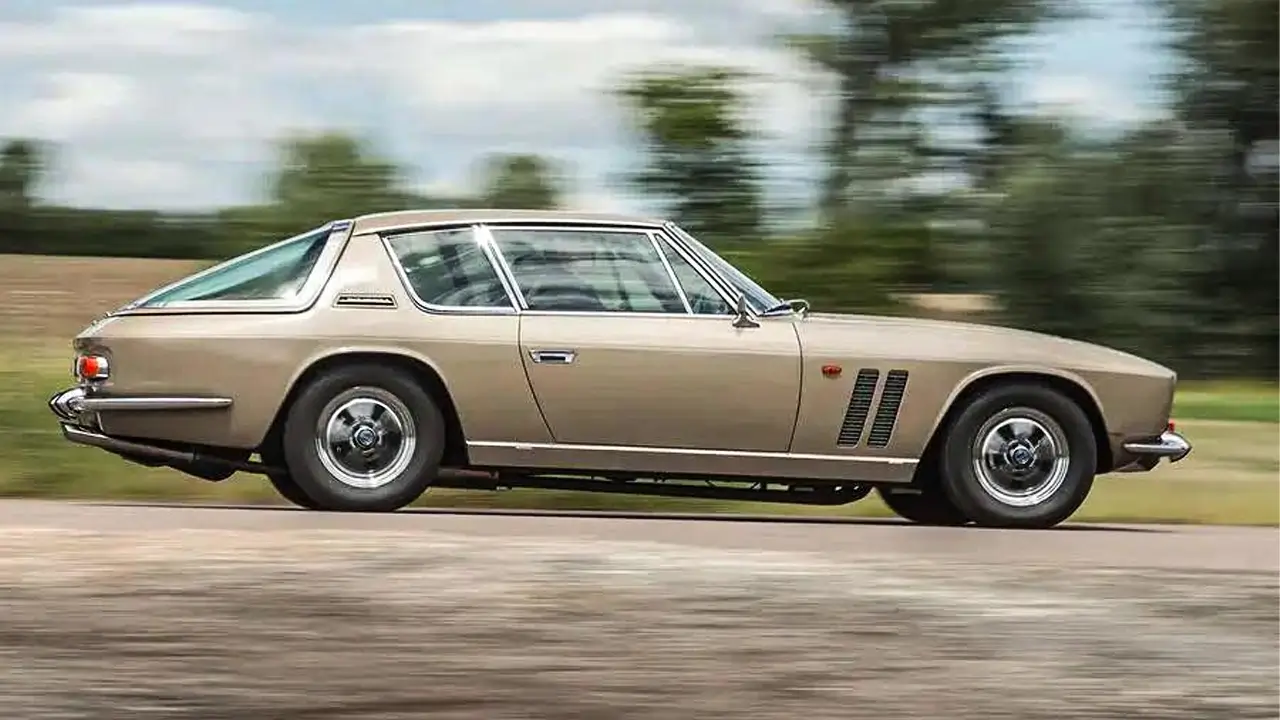
Saab 93 (1955–1960)
After starting in aviation, Saab entered the automotive industry with the iconic Swedish car known as the 93. Distinguished by its unique teardrop shape and front-wheel-drive configuration, the Saab 93 was engineered to prioritize both practicality and safety. Its three-cylinder, two-stroke motor may not have been the fastest vehicle on the road, but it was incredibly dependable and efficient, especially during the severe Scandinavian winters.
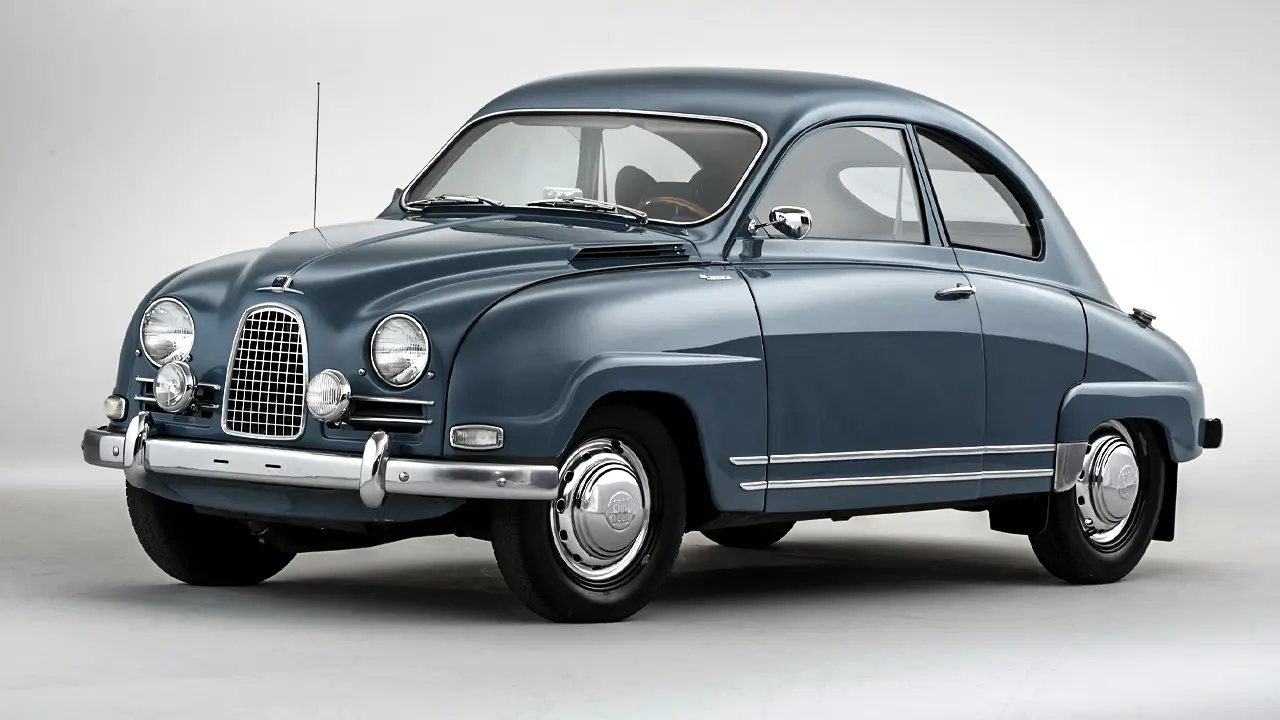
Cord 810/812 (1936–1937)
During the 1930s, the Cord 810/812, an American icon, revolutionized automobile design with its innovative front-wheel-drive system and elegant, streamlined shape. The Auburn Automobile Company produced the Cord, which had a coffin-nose grille and hidden headlights two innovations for the era. In particular, the supercharged Cord 812 is well-liked for providing cutting-edge performance for the time.
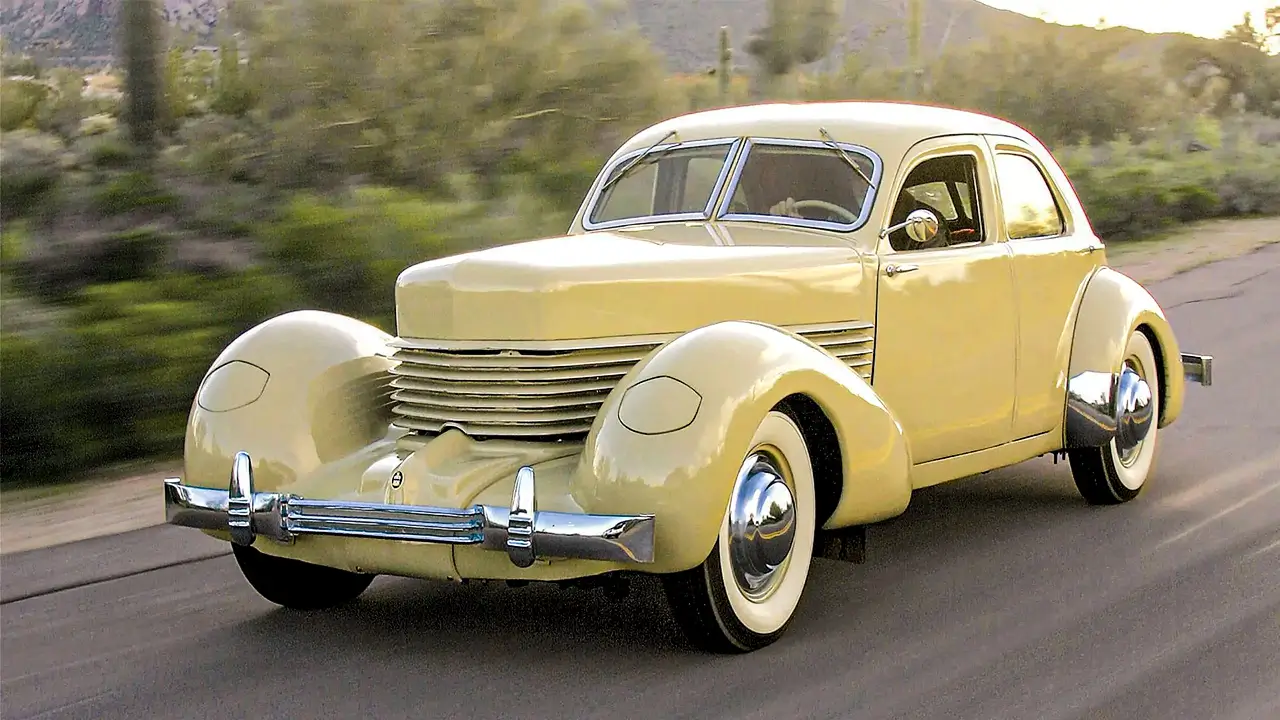
Tiger Sunbeam (1964–1967)
A surprise under the hood of the British sports automobile Sunbeam Tiger is a Ford V8 engine. The Tiger, designed to be a more potent version of the Sunbeam Alpine, provided remarkable performance in a compact, lightweight design. The Tiger was unique because it combined the sheer power of an American V8 engine with the handling characteristics of a little British roadster to create a car that was quick, nimble, and enjoyable to drive.
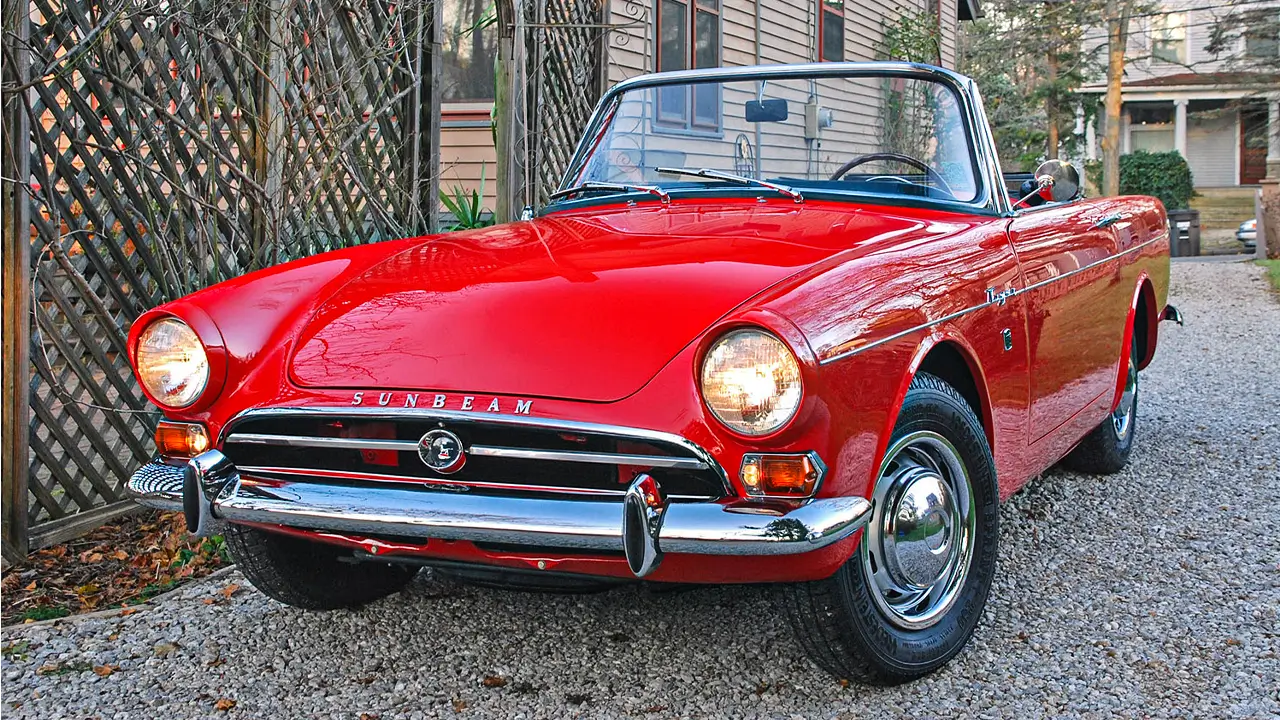
The automotive history of these 8 classic cars is permanently marked, even though they are not well-known brands. These cars showcase the range and inventiveness of automotive manufacturing throughout the 20th century, from beautiful design to inventive engineering.
